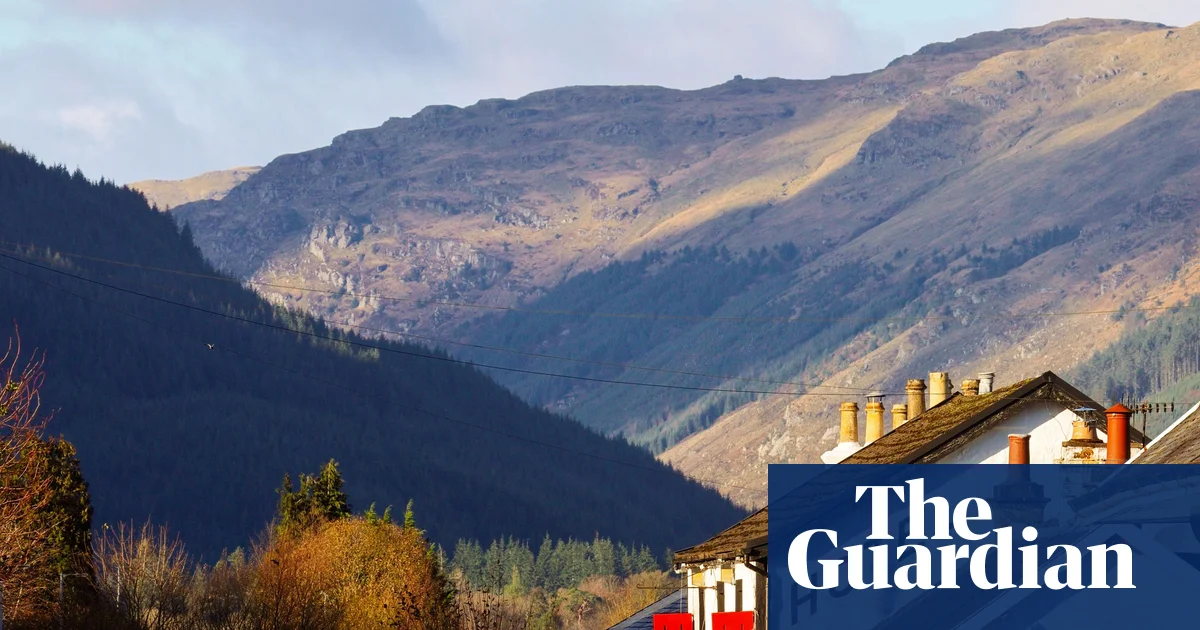London’s ‘first’ modern tube station reopens after £35million upgrade
A LONDON tube station has reopened after a huge £35million renovation.
Colindale tube station on the Northern Line reopened fully to the public this week with a grand new station entrance.
According to Ian Visits, it is London Underground’s first modern tube station built using a timber construction.
Replacing the former station building – which was much smaller – commuters will find the ticketing hall completely decked out with timber wood.
The wood is meant to reference the area’s aviation heritage as well, as the station sits where the London Aerodrome used to be and host air shows with early versions of planes which were made of wood.
The Aerodrome was then later turned into the RAF Hendon military base.
Read more on travel inspo
The roof has also been designed so that it has a flat section and an arched section, so that the former collects rain and the latter lets rain water run off.
It has been designed this way to stop drains from overflowing.
Part of the roof is also a ‘green’ roof, which means it has plants and vegetation on it.
Inside the ticket hall is the old station clock as well, which has been cleaned up.
There is a new lift for commuters too, as well as large windows letting light flood in and the public to see the trains on the platforms.
Outside the station, pavements have been widened too.
During the construction work, the old platforms were destroyed but two ‘dinner plates’ at either end of the platforms were salvaged.
They were used as warning signals to train drivers during World War II to not stop too long at the station as it was a prime bombing location.
The ‘dinner plates’ were then donated to the local RAF museum.
The final bits of work on the station are currently being completed as passengers use the station once again, with hopes of everything being done by June 2026.
This includes demolishing the old station building, letting out a small retail space – most likely to a café and adding an accessible toilet.
The project on the station has taken place gradually over the past couple of years and has been carried out due to the rising population in the area.
The former station would have been at capacity by the end of 2026, but the new station means that the station will be large enough to accommodate for the new housing projects in the area.
London’s Deputy Mayor for Transport, Seb Dance, said: “The Mayor and I feel strongly that everyone should be able to enjoy everything our great capital has to offer, which means it’s vital we make our transport network as accessible as possible.
“I’m delighted that Colindale is now the 94th step-free Tube station and will benefit from a whole host of other improvements to not only improve accessibility but also support major housing developments in the local area, as well as boosting local businesses and inclusive economic growth.
“More than a third of Underground stations across the capital are step-free and we are determined to keep growing this number as we build a fairer, better London for everyone.”
In other rail news, the world’s most famous train is running services from a major UK city next year.
Plus, five abandoned UK railway stations set to reopen with new train routes – as part of £200million expansion.





